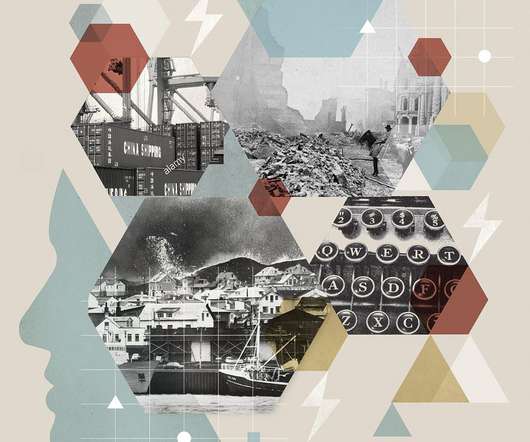Study finds pollution emitted near equator has biggest impact on global ozone
Green Car Congress
NOVEMBER 9, 2016
They found that the increase in ozone burden due to the spatial distribution change slightly exceeds the combined influences of the increased emission magnitude and global methane. Based on their findings, they suggested that emission increases in Southeast, East and South Asia may be most important for the ozone change.
















Let's personalize your content